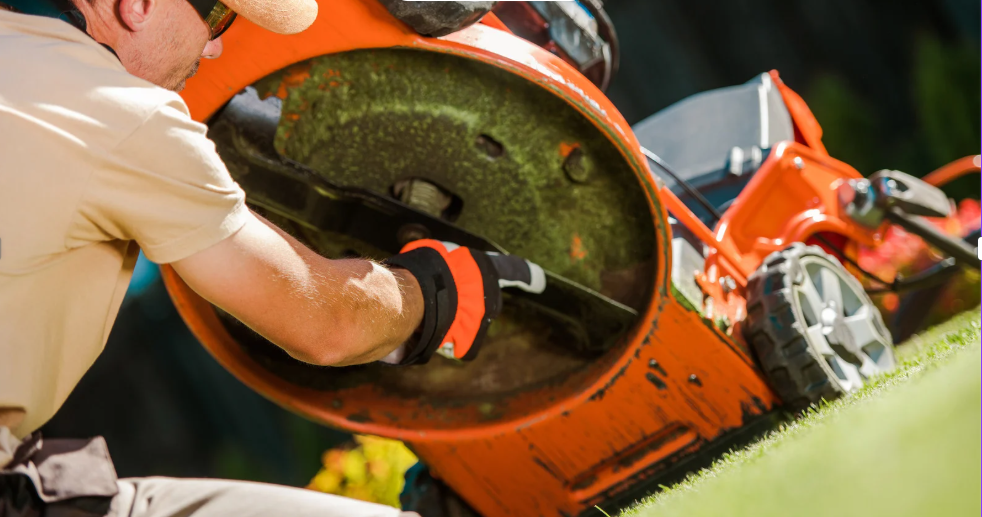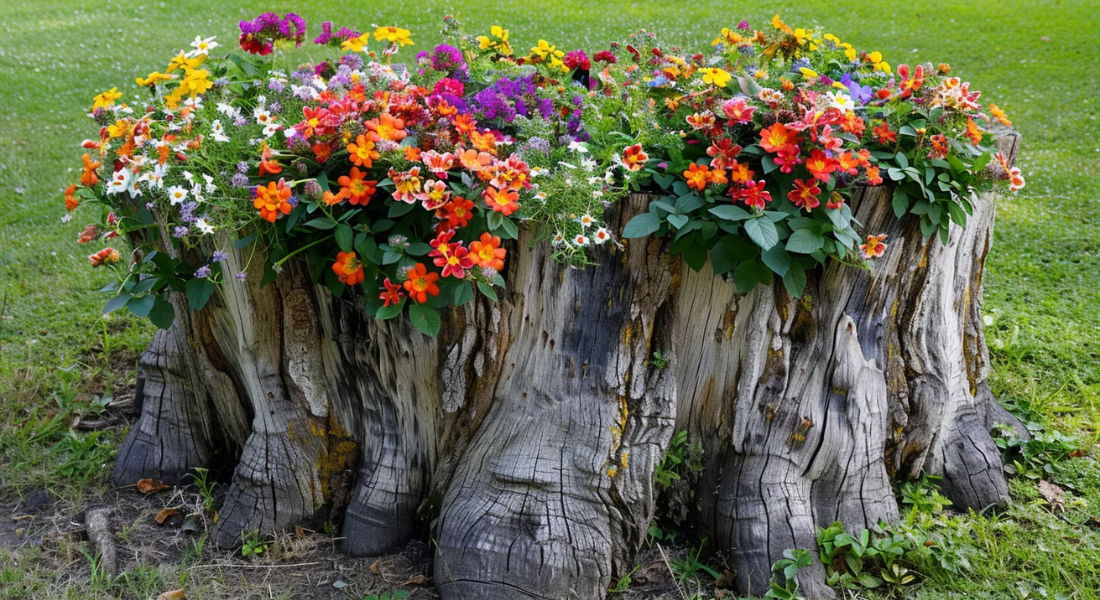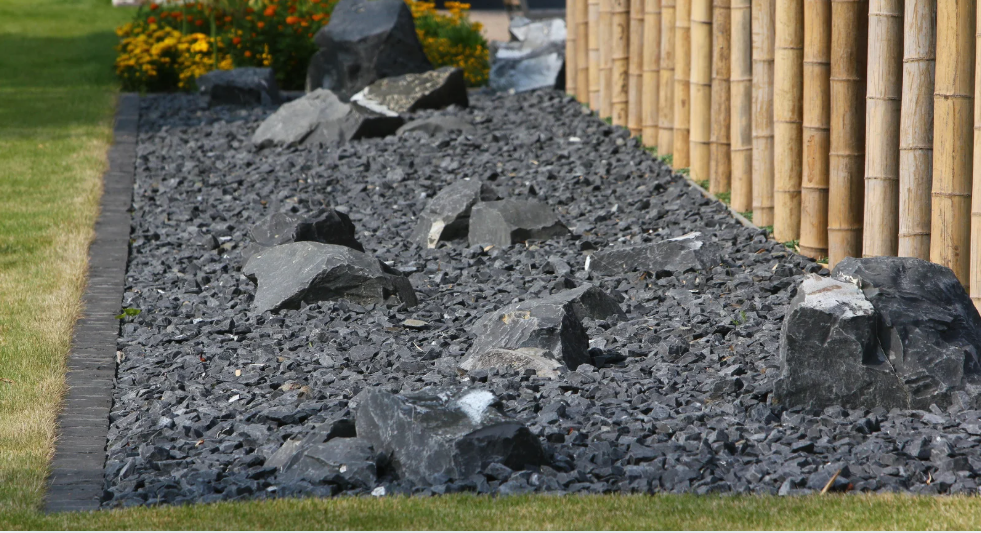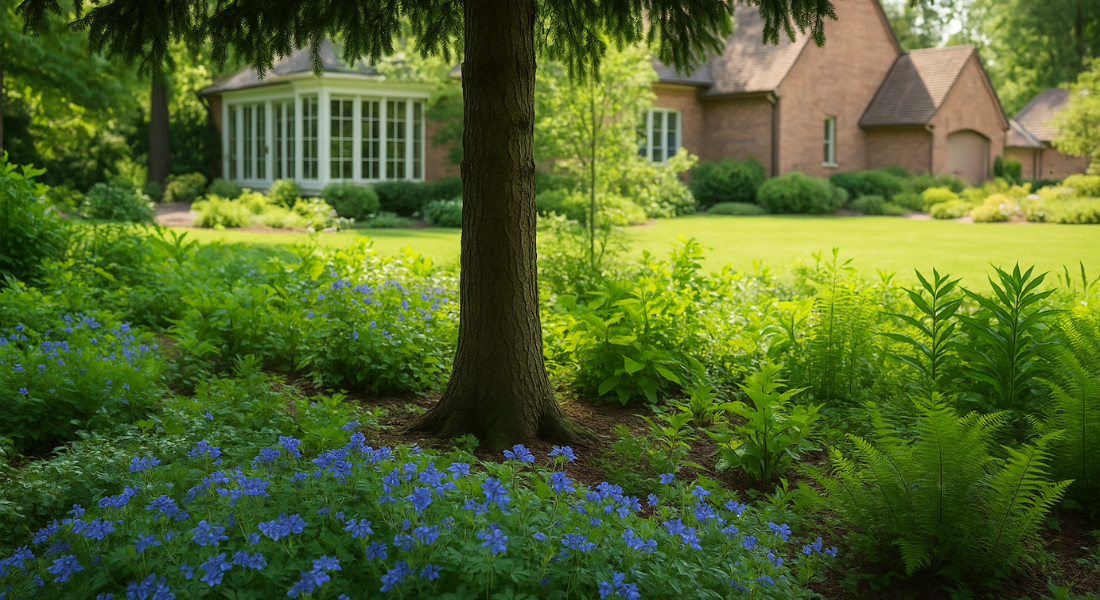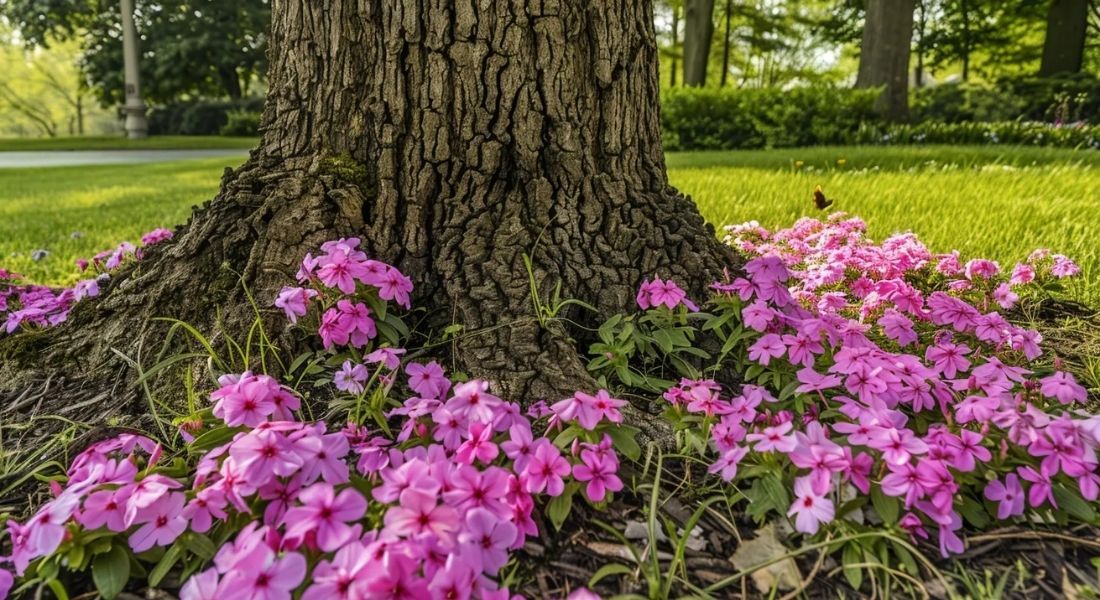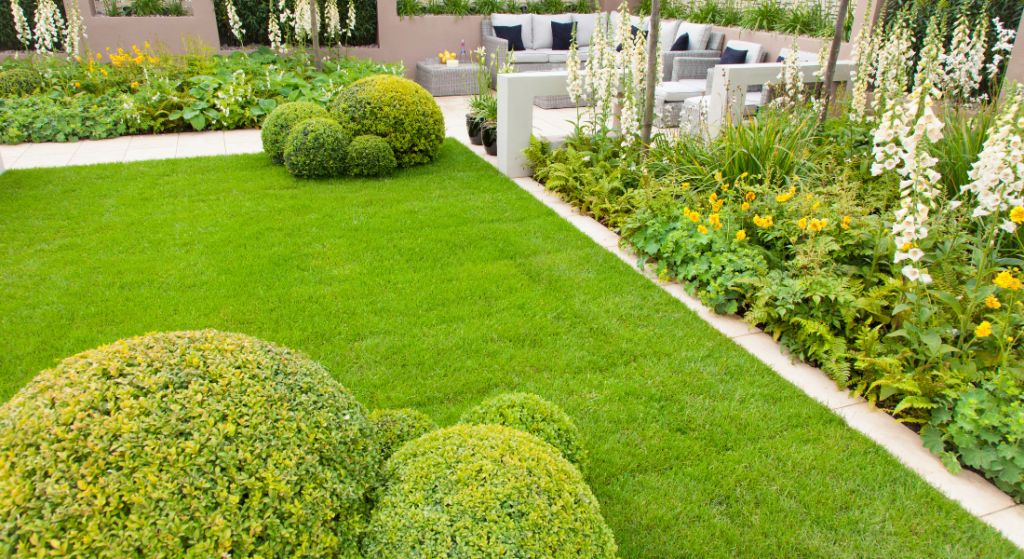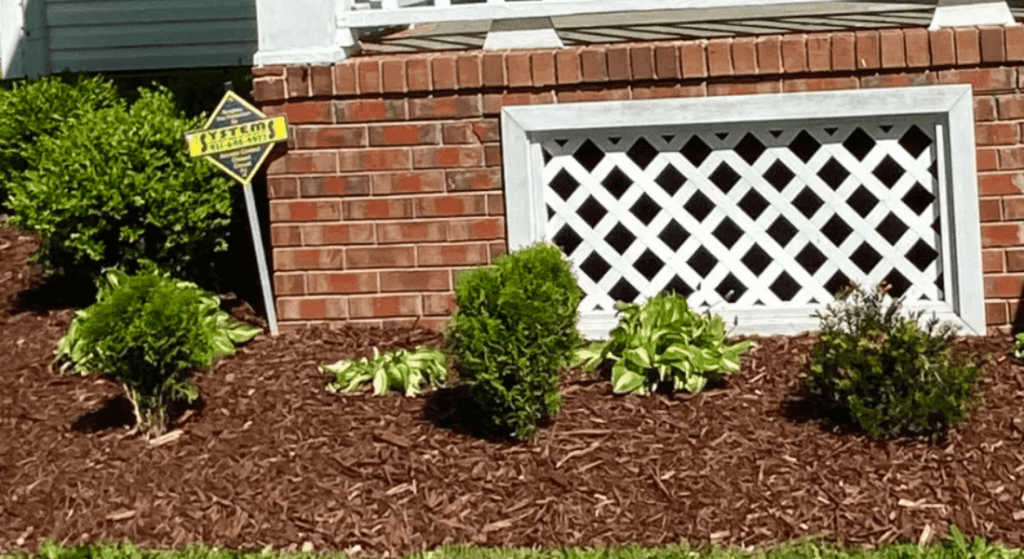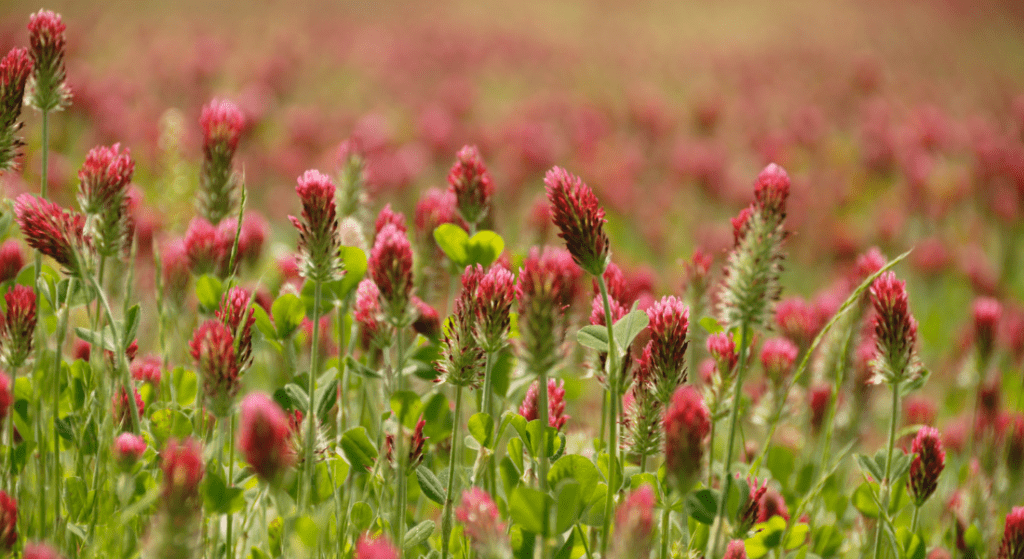How to Use Mulch in Garden for Healthier Plants & Fewer Weeds
When it comes to creating a healthy, vibrant garden, one secret ingredient can make all the difference: mulch. Whether you're growing vegetables, flowers, or native plants, the benefits of mulch are too good to ignore. It keeps the soil moist, suppresses weeds, improves soil health, and even helps plants grow stronger over time.
If you've ever asked, "Should I use mulch in my vegetable garden?" — this article is for you. We'll walk you through how mulch helps, the different types of mulch available, how to apply it, and tips to make your garden thrive. Whether you're a new gardener or an experienced green thumb, this guide will show you how green mulch and other materials can transform your growing space.
What Is Mulch and Why Does Your Garden Need It?
Mulch is any material spread over the surface of your soil to protect it and improve growing conditions for your plants. It’s one of the easiest ways to create a healthier, more productive garden. There are many types of mulch, including wood chips, grass clippings, shredded leaves, and even compost.
One of the biggest benefits of mulch is how it covers bare soil, reducing evaporation and helping to retain soil moisture. It also protects the soil surface from erosion and keeps plant roots cooler during hot weather. As organic mulch materials decompose, they add nutrients and improve the soil naturally.
If you’re building a new garden or maintaining a vegetable garden, using the right mulch can make all the difference in your plants’ health and growth.
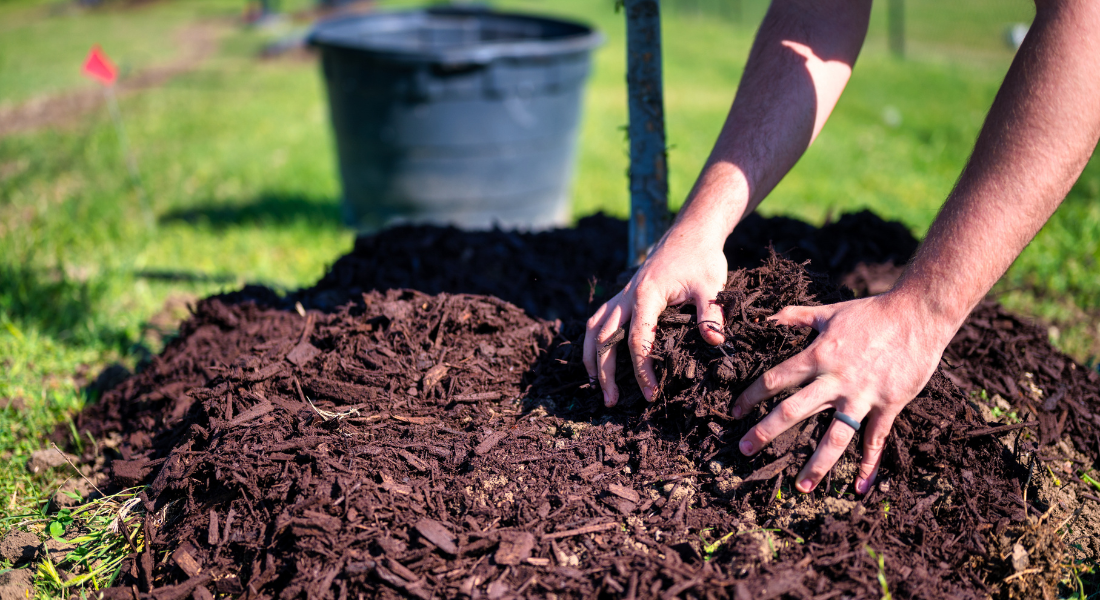
How Does Mulch Help with Weed Control?
One of the top reasons gardeners use mulch is to prevent weeds. A thick layer of mulch blocks sunlight from reaching weed seeds, making it harder for them to sprout. This means you’ll spend less time pulling weeds and more time enjoying your garden.
Organic options like wood mulch or pine straw are especially good at suppressing weeds in garden beds and around trees and shrubs. For best results, make sure to apply mulch in a layer about 2 to 3 inches thick, and don’t mulch right up against plant stems — that can encourage rot or pests.
Less weeding means less back pain and more time to enjoy your flowers or vegetable plants. It’s a win-win.
What Type of Mulch Should You Use?
Choosing the right type of mulch depends on your goals. For vegetable gardens, organic mulch like compost, grass clippings, or shredded leaves works well. These materials decompose quickly and feed the soil, making them perfect for growing plants that need lots of nutrients.
If you want longer-lasting mulch, wood chips, pine needles, or hardwood mulch are good choices for shrubs and trees. These break down slowly, help retain moisture, and look tidy in landscape beds.
For a more decorative finish, some gardeners choose dyed mulch, but make sure it’s safe for edible gardens. If you prefer a natural option, green mulch or living mulch (like low-growing ground covers) may be a better fit.
Can Mulch Improve Soil Health?
Yes! One of the often-overlooked benefits of mulch is how it can improve the soil over time. As biodegradable mulch breaks down, it turns into organic matter that feeds the soil and helps it hold water and nutrients better.
In a vegetable garden, this means your plants may need less fertilizer because the mulch gives them a steady supply of nitrogen and other important elements. A healthy soil ecosystem also supports beneficial microbes and earthworms, which are essential for healthy soil.
Adding mulch to the soil is like giving your garden a multivitamin — slow and steady nourishment that leads to stronger plants and better harvests.
Does Mulch Help Retain Moisture?
Absolutely. Mulch helps your garden hold onto water by reducing evaporation from the soil surface. This means your plants stay hydrated longer, and you don’t need to water as often, especially during hot or dry seasons.
The mulch layer also keeps soil temperature more consistent, protecting plant roots from extreme heat or cold. Materials like wood chips, shredded leaves, and compost are particularly good at holding moisture in the soil.
If you want to keep your raised beds or kitchen garden thriving without wasting water, mulch is one of the best tools available.
How Does Mulch Add Nutrients to the Soil?
When organic mulch materials like compost, shredded leaves, or grass clippings decompose, they add nutrients like nitrogen back into the soil. These nutrients are essential for plants in your garden to grow strong and healthy.
Unlike synthetic fertilizers, mulch and compost build long-term soil health by increasing the amount of organic matter. This helps soil structure, improves drainage, and makes it easier for roots to soak into the soil.
If you want to improve soil naturally, using mulch is one of the easiest and most effective ways to do it.
What’s the Best Way to Apply Mulch?
To get the most out of mulch, it’s important to apply mulch correctly. First, clear away any bare soil and weed the area. Then spread the mulch around your plants and trees in a layer that’s about 2 to 3 inches thick.
Keep mulch a few inches away from the stems or trunks of plants to avoid moisture buildup and rot. This is especially important around trees and shrubs.
Don’t forget to rake and refresh your bags of mulch once or twice a year to keep it looking good and working well. In areas with heavy rain, mulch can get compact, so stirring it occasionally helps maintain good airflow.
What Should I Avoid When Using Mulch?
While mulch offers many benefits, there are a few common mistakes to avoid. One is piling mulch too high, which can suffocate plant roots or trap moisture against stems. Another mistake is using the wrong type of mulch for the area — for example, avoid dyed mulch in vegetable gardens or green mulch that hasn’t fully broken down.
Also, don’t mulch with materials that contain seeds or diseases, such as lawn clippings from chemically treated grass. And always leave space between the mulch and your plants to allow for air circulation.
Using wood mulch in your garden is great, but make sure to avoid direct contact with the stems of woody plants.
Is Mulch Good for Vegetable Gardens?
Yes, mulch in your garden — especially a vegetable garden — can help your plants grow faster and stronger. By keeping the soil moist, blocking weed growth, and adding nutrients as it breaks down, mulch supports healthy vegetable plants.
Many gardeners use compost, grass clippings, or shredded leaves in raised beds or kitchen gardens. These materials are safe, break down quickly, and provide a great environment for growing plants.
If you're thinking, "Should I use mulch in my vegetable garden or not?" — the answer is yes. Just make sure to use clean, organic material and keep the mulch layer a few inches away from tender seedlings.
What Are Some Eco-Friendly Mulch Options?
If you're looking for sustainable choices, biodegradable mulch and organic mulch are both excellent options. These materials not only reduce waste but also turn into soil over time, enriching your garden naturally.
Some eco-friendly mulch ideas include:
- Shredded leaves (run over with a mower)
- Pine needles
- Homemade compost
- Wood chips from a local tree service
These options are often free or low-cost and safe for all types of plants and trees. And if you’re trying to build a garden in my backyard without chemicals, they’re a smart, natural solution.
Easy Mulch Installation with GreenLife Lawn Care
Want a healthy, great-looking garden? GreenLife Services makes it easy. We install mulch for flower beds, trees, and vegetable gardens in Clarksville and nearby areas. Mulch helps your plants grow better by keeping the soil moist and stopping weeds. Call us at (931) 228-8680 for a free quote and let us take care of your yard!
Key Takeaways: Why Mulch Matters in Every Garden
Mulch is a powerful tool for healthy soil, fewer weeds, and better water retention.
- It helps retain moisture, suppress weeds, and add nutrients as it breaks down.
- Organic materials like compost, shredded leaves, and grass clippings are great for vegetable gardens.
- Apply 2–3 inches of mulch, but avoid piling it against plant stems or trunks.
- Refresh mulch at least once a year and choose the right type of mulch for each part of your garden.
- Eco-friendly options like green mulch, pine needles, and homemade compost are safe and effective.
- Mulch helps create strong plant roots, protects the soil surface, and keeps your garden bed looking great year-round.
Ready to build a more productive, low-maintenance garden? Start by adding mulch — your plants will thank you!
FAQs
Q. What is the disadvantage of mulching?
A. While mulch offers many benefits, it does have a few disadvantages. If applied too thickly, mulch can trap too much moisture and lead to root rot or attract pests like slugs and insects. Some types of mulch, especially fresh wood chips, can temporarily reduce nitrogen in the soil as they begin to decompose. In some cases, mulch can also create a hiding place for weeds if not maintained properly.
Q. When shouldn't you use mulch?
A. You shouldn't use mulch in areas with poor drainage or where moisture tends to collect, as it can lead to soggy soil and plant diseases. Avoid mulching right up against plant stems or tree trunks, as this can trap moisture and cause decay. Also, don’t mulch newly seeded areas or cold soil in early spring, since mulch can slow down warming and germination.
Q. Is it better to mulch or not?
A. For most gardens, it’s better to mulch. Mulch helps retain soil moisture, prevent weeds, regulate soil temperature, and improve soil over time. However, in some specific cases—like overly wet areas or around sensitive seedlings—it may be better to wait or use mulch more carefully. The key is to choose the right mulch and apply it correctly for your garden's needs.
Q. Is it good to put mulch around plants?
A. Yes, it’s generally very good to put mulch around plants. Mulch helps keep the soil moist, protects roots from extreme temperatures, and prevents weeds from growing around your plants. Just be sure to leave a small gap around the base of the plant so the mulch doesn’t touch the stem, which could cause rot or attract pests.
